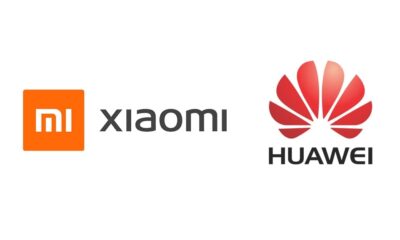HarmonyOS
Stable EMUI 12 for Huawei Nova 7 5G began to rollout

Huawei has finally started to roll out the stable EMUI 12 update for Huawei Nova 7 5G smartphone users. It means that beta activity is now concluded and any Nova 7 5G global owner can enjoy the new EMUI 12 software system.
The stable EMUI 12 update Huawei Nova 7 5G is rolling out with EMUI version 12.0.0.219 and a massive update size of 5.29 Gigabytes. At the moment, this Nova 7 EMUI 12 update is spotted in Qatar, the Middle East.
Currently, this update is in the initial stage of rollout and will gradually expand to more Nova 7 5G users in a different market. So, users keep eye on your update section because the update will knock on your door any time.
As of now, Huawei global smartphone users are eager to install the latest EMUI 12 custom user interface. However, it is continuously working to make it available for all eligible devices ASAP.
EMUI 12 for Huawei Nova 7 5G will bring a next-level user experience. It brings support for an adjustable font system, new animations, separate control panel, and notification panel, Huawei Share for fast file transfer and security features.
@Huawei@HuaweiArabia@HuaweiEMUI#Huawei#Huaweinova7#EMUI12#Qatar
Finally i got EMUI12 For Huawei NOVA 7 5G pic.twitter.com/fMEQJVsHKh— Mohamed Sanaz (@SanazMohamed) March 7, 2022
How to update:
To download the update, open the settings menu, select system & updates, and software updates. Then, tap on CHECK FOR UPDATES and wait for the phone to fetch the update. At last, download and install it.
Stable EMUI 12 changelog:
Font:
- Supports more flexible font adjustment, allowing you to adjust the font size and weight with a slider.
Neuromorphic Design:
- Applies the concept of neuromorphism to UI elements by using simple color tones, shadows, and highlights to create a more realistic effect.
Smart Folders:
- Supports touching and holding app folders on the home screen to enlarge them and make the apps within them easier to access.
Notification Panel and Control Panel:
- Allows you to swipe down from the top left of the screen to access the Notifications panel to view notifications, and swipe down from the top right of the screen to access the control panel for shortcuts.
- Adds an audio control section to the Control Panel to make it easy to switch between different audio devices and apps.
Huawei Share:
- Improves the transmission speed of Huawei Share for faster file sharing between Huawei phones, tablets, and laptops.
MeeTime:
- Adds the MeeTime app, allowing you to make HD voice and video calls using a Wi-Fi or data network.
- Adds support for sharing the screen during video calls, allowing you to mark and share key information while video chatting.
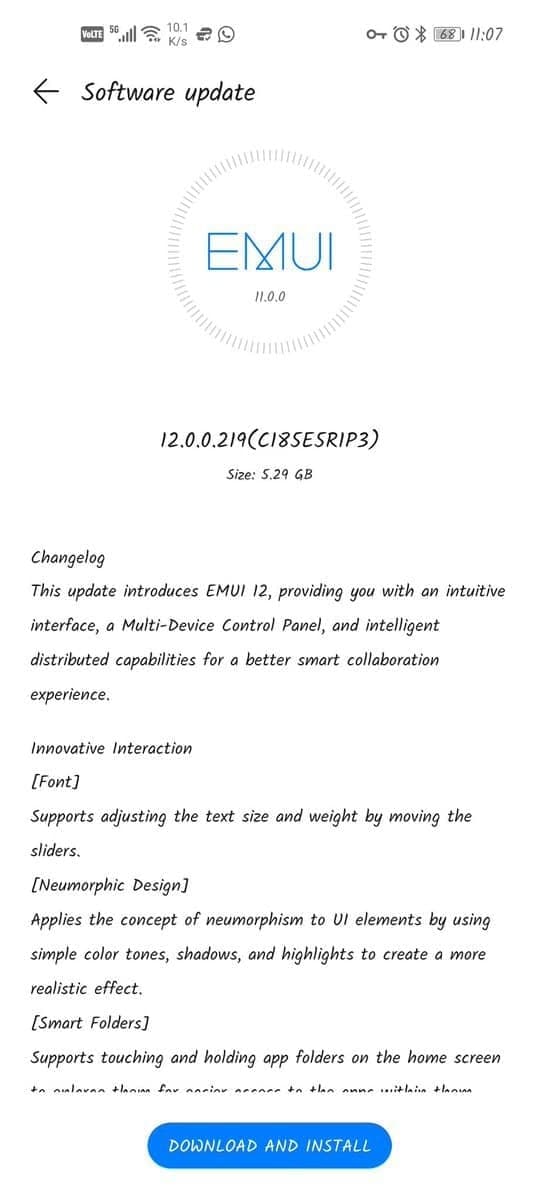
If you want to send us Tips, Update Screenshots, or a Message? connect with us here:
- Screenshots@huaweicentral.com
- Tips@huaweicentral.com
- Message us on Twitter
HarmonyOS
TAILG launched new scooter with HarmonyOS
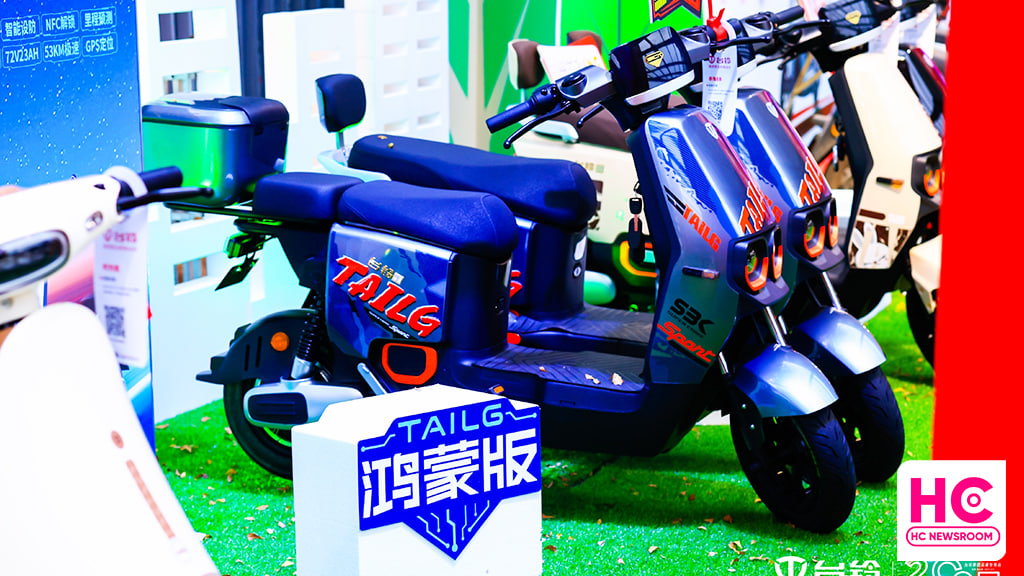
TAILG has launched a brand new electric scooter, which is powered by the HarmonyOS operating system and an all-around stylish look to provide a better experience for consumers.
It has a custom-made avant-garde handlebar, as well as an exclusive smart touch screen, which can display various driving data of the vehicle in real-time. It also equips with a variety of smart unlocking features, including one-key ignition.
The latest TAILG brings HarmonyOS features such as APP control, NFC unlocking, mileage prediction, smart fortification, and vehicle inspection. The TAILG HarmonyOS electric scooter packs a 72V23AH graphene battery, a 1000W cloud-powered motor, and a GPS positioning system.
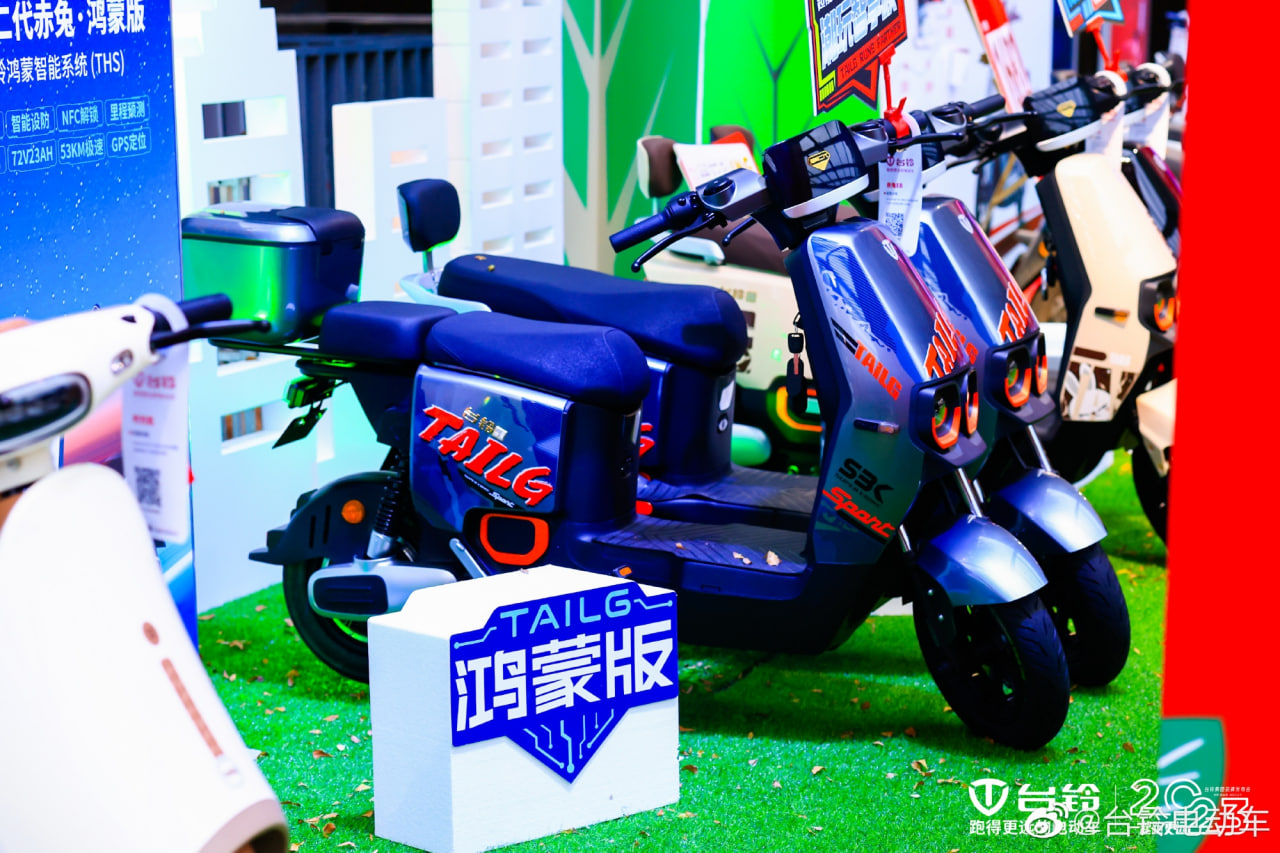
Looking at the price segment, the TAILG HarmonyOS scooter starts at 3899 yuan, and the high-end version is priced at 4588 yuan. This new electric scooter will be sold in offline stores across China.
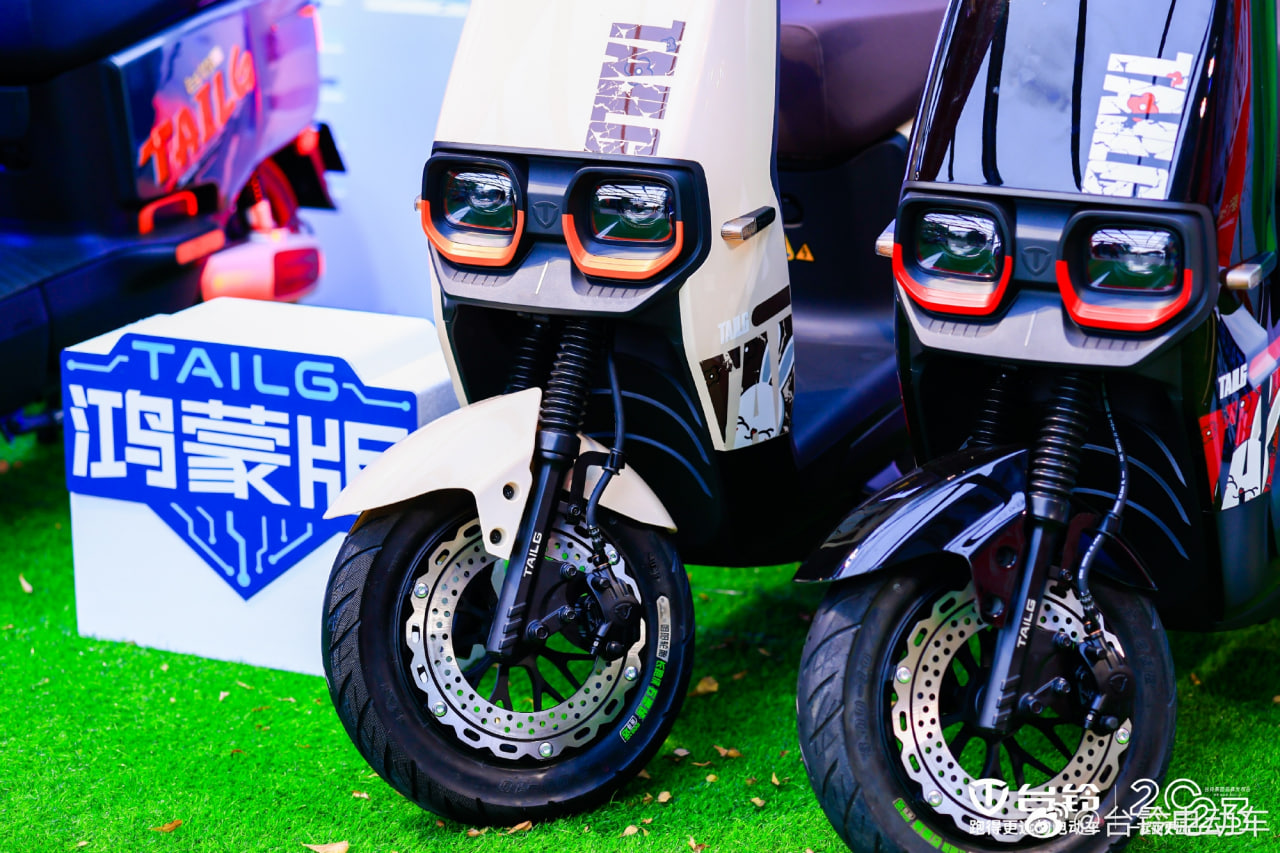
Last year in August, TAILG and Huawei announced cooperation to upgrade electric vehicles, the two companies will establish a joint innovation laboratory to conduct research on IoT and other technologies. This will also allow both firms to achieve technological advantages.
Established in 2004, TAILG is an enterprise specializing in R&D, manufacturing, sale, and service of new energy electric vehicles, Its products cover electric bikes, electric scooters, electric special bikes, electric tricycles, and other vehicles. It has an annual production capacity of 12 million vehicles and more than 30,000 stores exclusively in China.
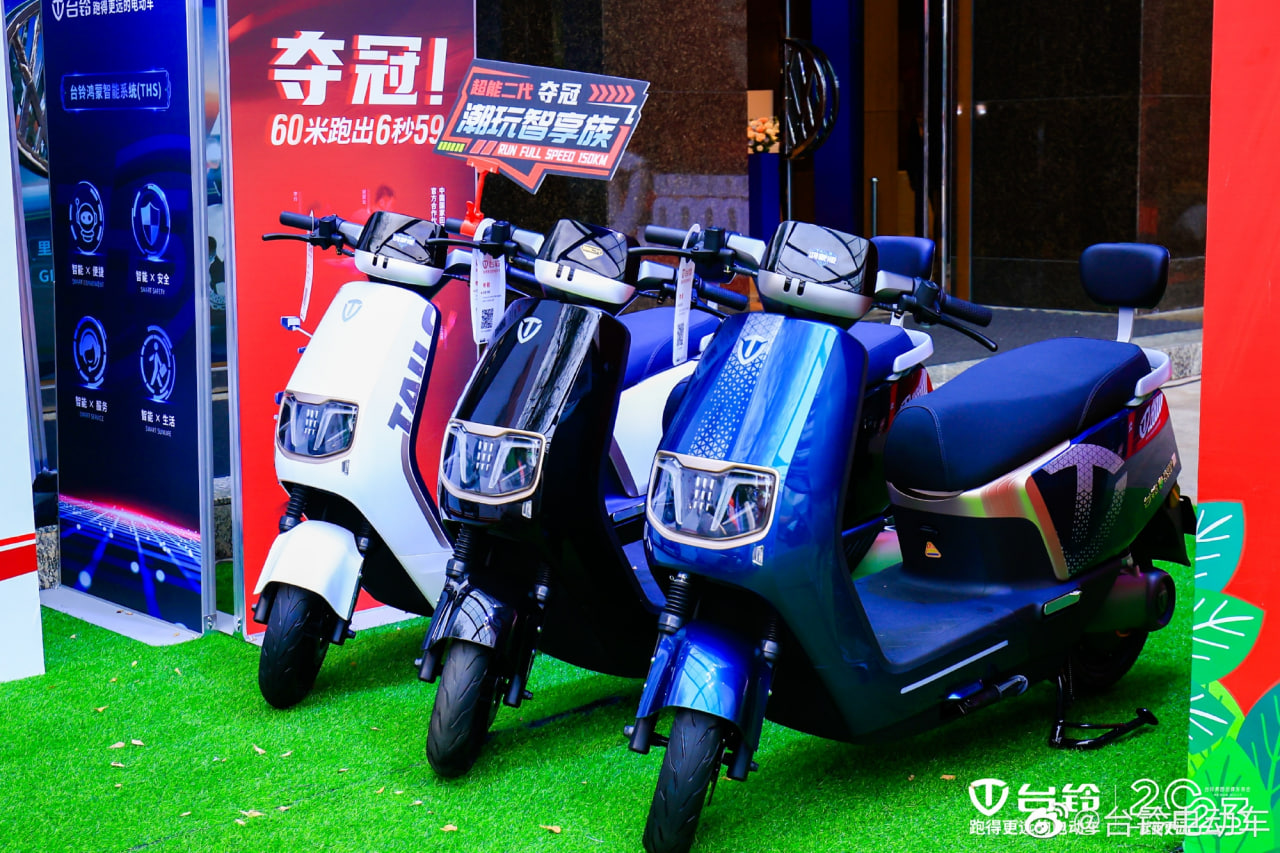
(via – Sina Tech)
HarmonyOS
HarmonyOS 3.1 Developer beta open for smartphone users
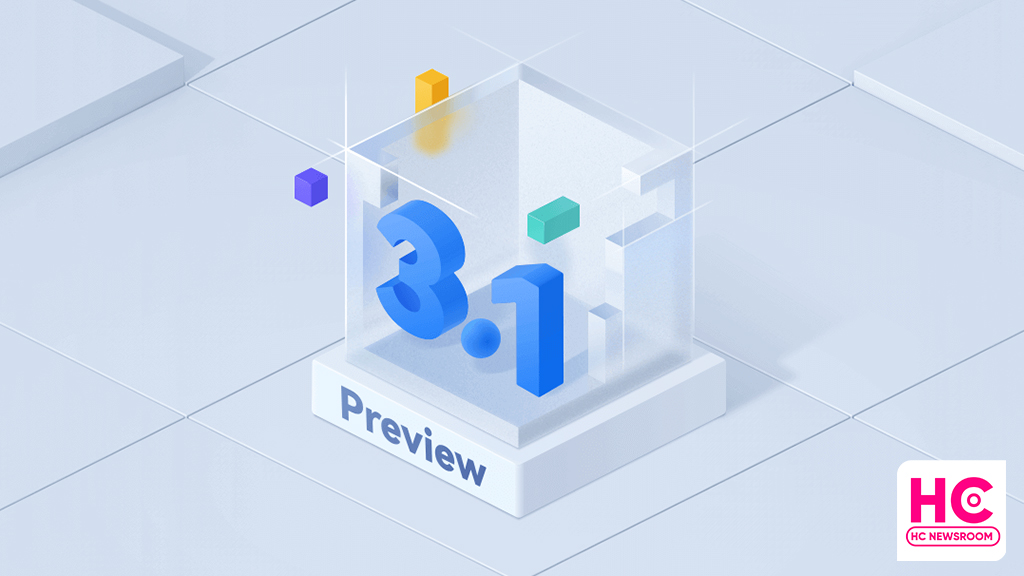
Today, HarmonyOS 3.1 developer preview testing is opened for smartphone users, this recruitment will enable developers to participate in the open beta activity with developer-only features directly into a real device.
According to the information, HarmonyOS 3.1 developer beta is currently being announced for the first phase of devices including Huawei P50 and P50 Pro. However, Huawei has confirmed to add more devices to the test pool later on. Also, a more friendly and subtle beta test is likely to begin in March.
To be mentioned, HarmonyOS 3.1 developer open beta recruitment is applicable until February 13, 2023. Afterward, Huawei will review the test applications. Selected testers will receive an email or SMS to download HarmonyOS 3.1 developer beta OTA rollout.
Also, this beta activity is available only for the Chinese models and only real authenticated accounts will pass the developer beta signup.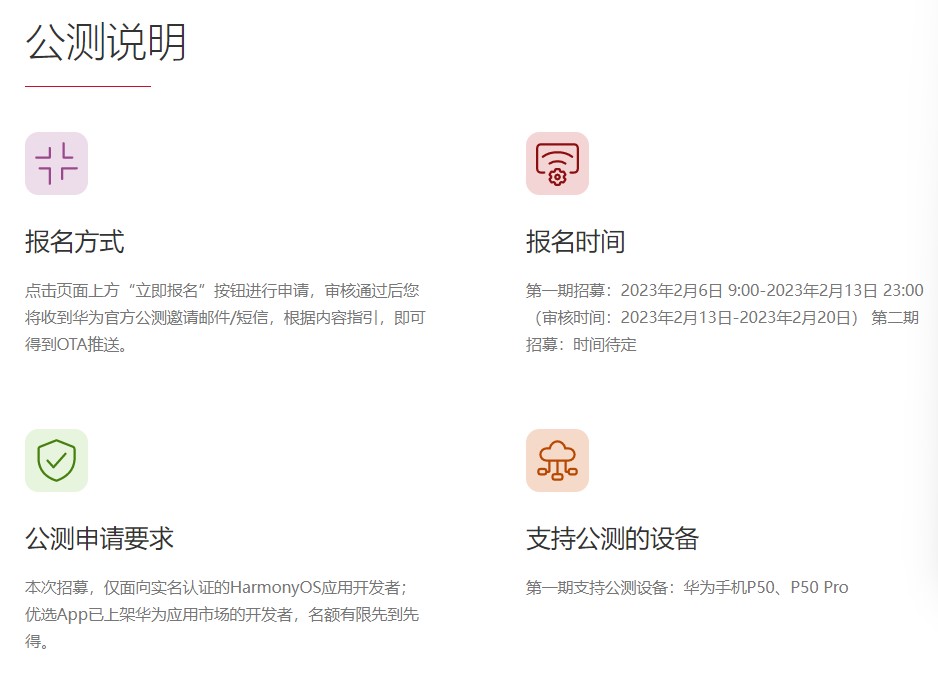
HarmonyOS 3.1 comes constructively adds a new ArkTS language, and with the latest public test, you will experience the improvements and efficiency of the app powered by ArkTS language, STage model, ArkUI, and more.
Below you can check the HarmonyOS 3.1 developer preview features:
- The ability framework adds a stage development model, including stage model life cycle management, scheduling, callback, context acquisition, authentication, and more. At the same time, the operation and management capabilities of the application are enhanced.
- The ArkUI development framework enhances the declarative Canvas/XComponent component capabilities, enhances component layout capabilities and state management capabilities, and optimizes the usability of some components.
- Application package management adds an interface for querying properties related to applications, ability, and ExtensionAbility.
- The common basic class library supports Buffer binary reading and writing.
- Web services add support for document preview and basic editing functions of document-type web applications, as well as cookie management and storage management.
- Added support for YUV, webp image codec, and other capabilities for graphics and images. Added native vsync capabilities, and supports self-drawing engines to independently control the rendering rhythm.
- Added camera configuration and preview functions in Media Services.
- The window service adds window-related interfaces under the Stage model, which enhances the window rotation capability and enhances the avoidance area query capability.
- The globalization service has newly added support for internationalization enhancement capabilities such as time zone lists, transliteration, and phone number attribution.
- The basic capabilities of common events are enhanced, and the commonEvent module is changed to commonEventManager.
- The resource management service adds a synchronization interface for resource acquisition, a new interface for querying resource values based on names, a new interface for querying number and float resource types, and a new way for Stage model resource query.
- Input method service adds input method cursor direction constant.

Android
First Android 14 Developer Beta announced, launch around HarmonyOS 4

Android 14 is the next software version for the Android ecosystem. On February 8, Google stepped ahead to begin the development of this major upgrade with the first developer beta.
Google has released the roadmap for the development, beta testing, platform stability, and the final release of Android 14, which reveals meet the launch of Huawei HarmonyOS 4 later in the second half of 2023.
The first developer preview is already out for the Pixel devices. However, Google could open early access to other smartphone makers such as OnePlus by April when the open beta campaign kicks off.
As mentioned by the Android company, Android 14 is projected to reach platform stability by the end of July. But there’s still a possibility of these milestone timelines to delay, similar to last year.

For your information, the Android 14 developer preview will be a very useful and early gift to the developer community. It will pave a way for the app devs to know more about the upcoming APIs and app features ahead of the final launch.
Looking into the developer preview features, Android 14 promises to improve productivity, enhances performance, improvements to security, and privacy, and bring new customizations.
Yes, there are new tweaks and changes made over Android 12, while there are more that will be visible as the development progress further. Throughout this phase, these developers (and later users) will help to fix bugs and make improvements to the Android 14 source code.
HarmonyOS 4:
Aside from the Android 14 developer beta, Huawei is preparing for the HarmonyOS 3.1 rollout but the company is working on HarmonyOS 4 as a major release for the next generation of Huawei devices. For now, there’s no official launch date available but we are likely to hear more on this at the Huawei Developer Conference (HDC) 2023 event.
HarmonyOS 4 promises big upgrades over HarmonyOS 3 and a major restructure in the user interface (UI). Nonetheless, we’ll keep you posted.

(source – Android)





